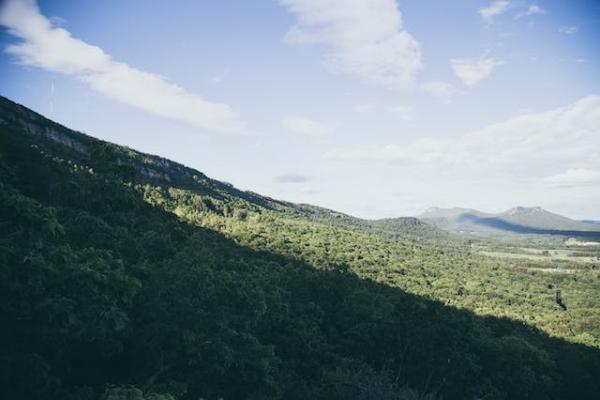AI Mapping Reveals Potential Subsurface Natural Hydrogen Worldwide

Byrd Center researchers at The Ohio State University have developed a deep-learning model to identify surface features associated with subsurface reservoirs of naturally occurring free hydrogen. These features, known as semicircular depressions (SCDs), often form near areas with natural hydrogen deposits, but they can be concealed by vegetation or agriculture.
The research led by postdoctoral scholars Sam Herreid and Saurabh Kaushik used AI and satellite imagery to detect SCDs worldwide. The project demonstrated AI's ability to map potential subsurface hydrogen reservoirs and lay the groundwork for further exploration of hydrogen-associated sites.
The project's principal investigators are School of Earth Sciences Associate Professor Joachim Moortgat and co-author, ENGIE-Axium Professor and Distinguished University Scholar Ian Howat.
The two research posters were presented during the poster session at the American Geophysical Union on December 11, 2023.
Hydrogen is gaining traction as a clean and efficient energy source with the potential to reshape the energy landscape. Unlike fossil fuels, burning hydrogen produces only water as a by-product and can be stored and transported. However, locating hydrogen reservoirs poses challenges due to their diverse geological occurrences. AI tools help identify potential SCDs, but distinguishing natural hydrogen deposits from other circular land features, like lakes or crop circles, remains challenging.
As countries prioritize searching for hydrogen sources, this research proactively addresses climate change. Europe and the United States are exploring opportunities to leverage natural hydrogen stores, but it will take several years before these reservoirs become a reliable clean energy source. The focus now is on deepening the understanding of hydrogen systems and discovering more SCDs to expand the use of AI tools for global detection.
To learn more, visit Ohio State News.
